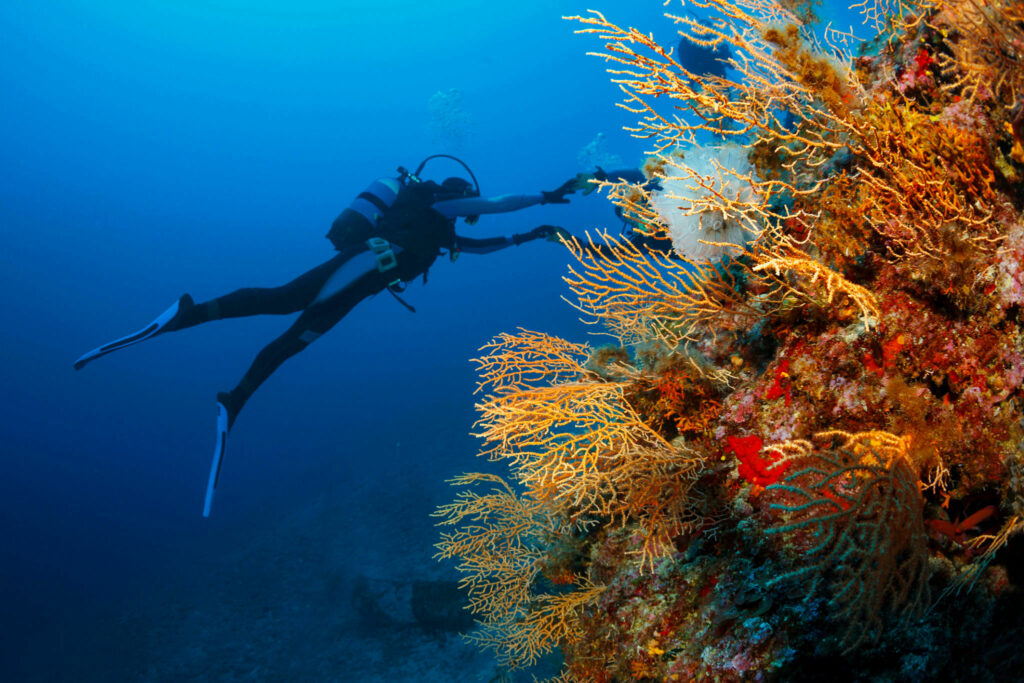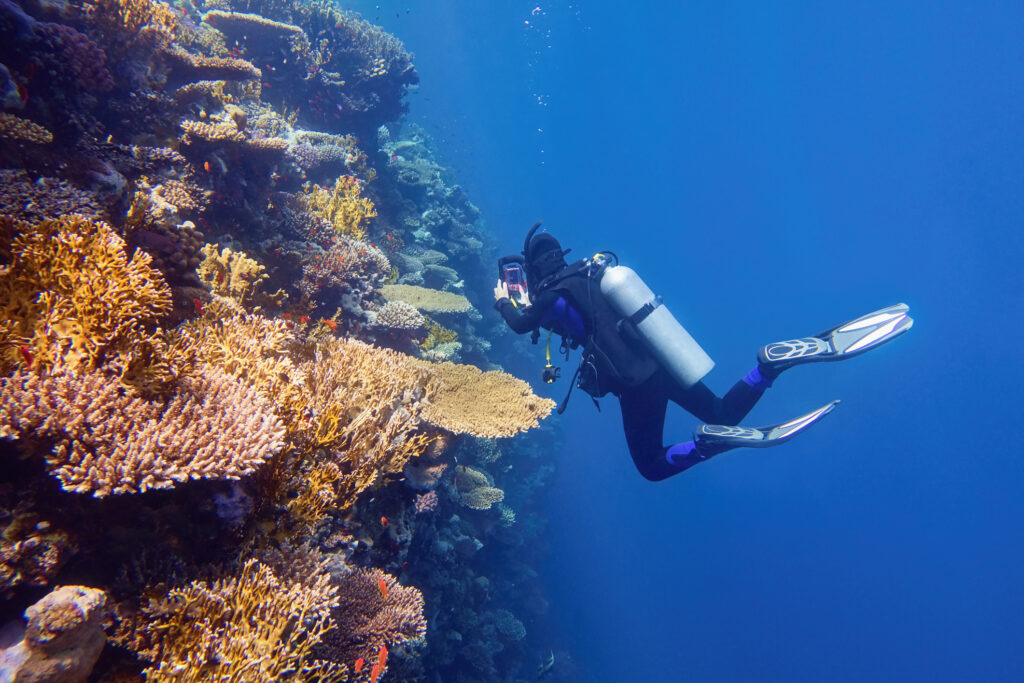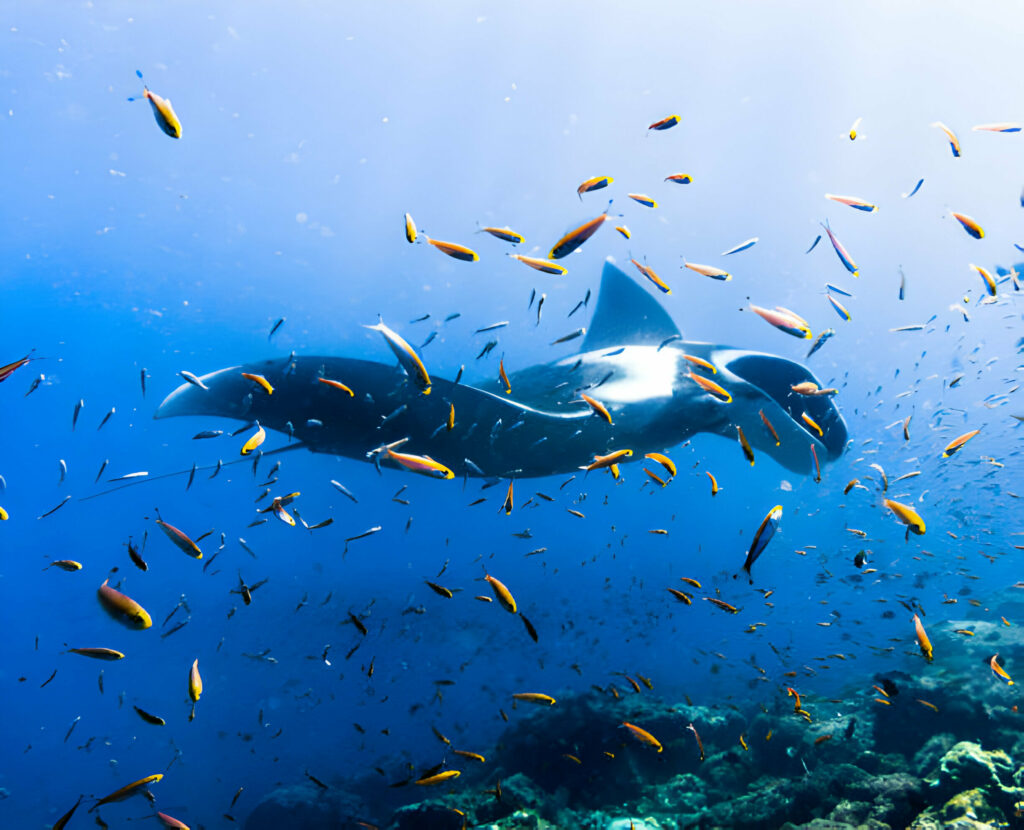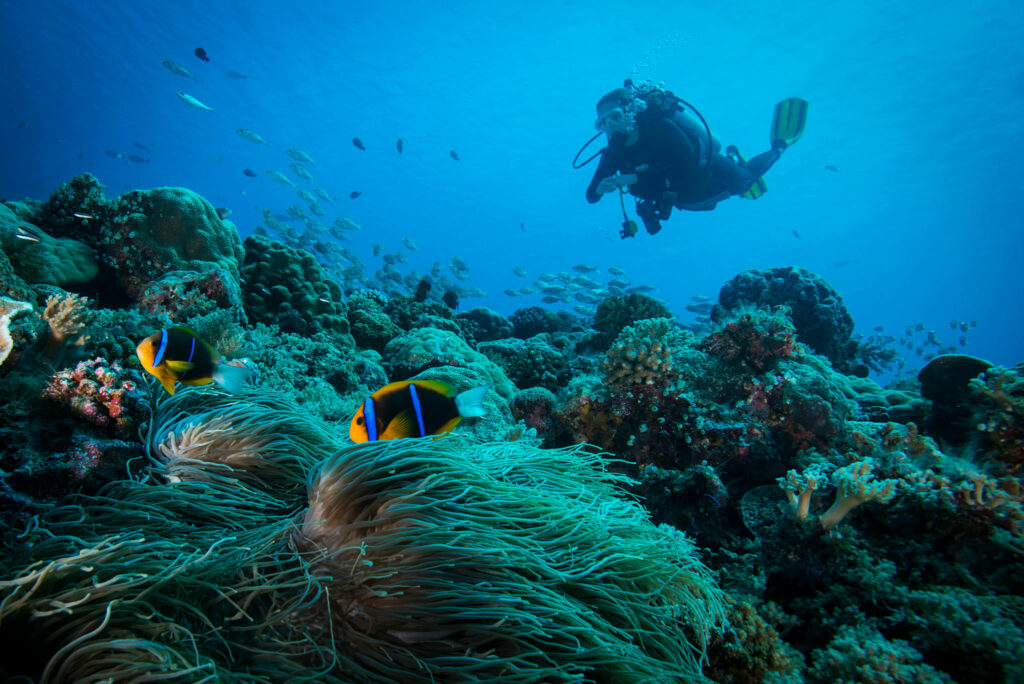Differences Between Snorkelling vs Diving
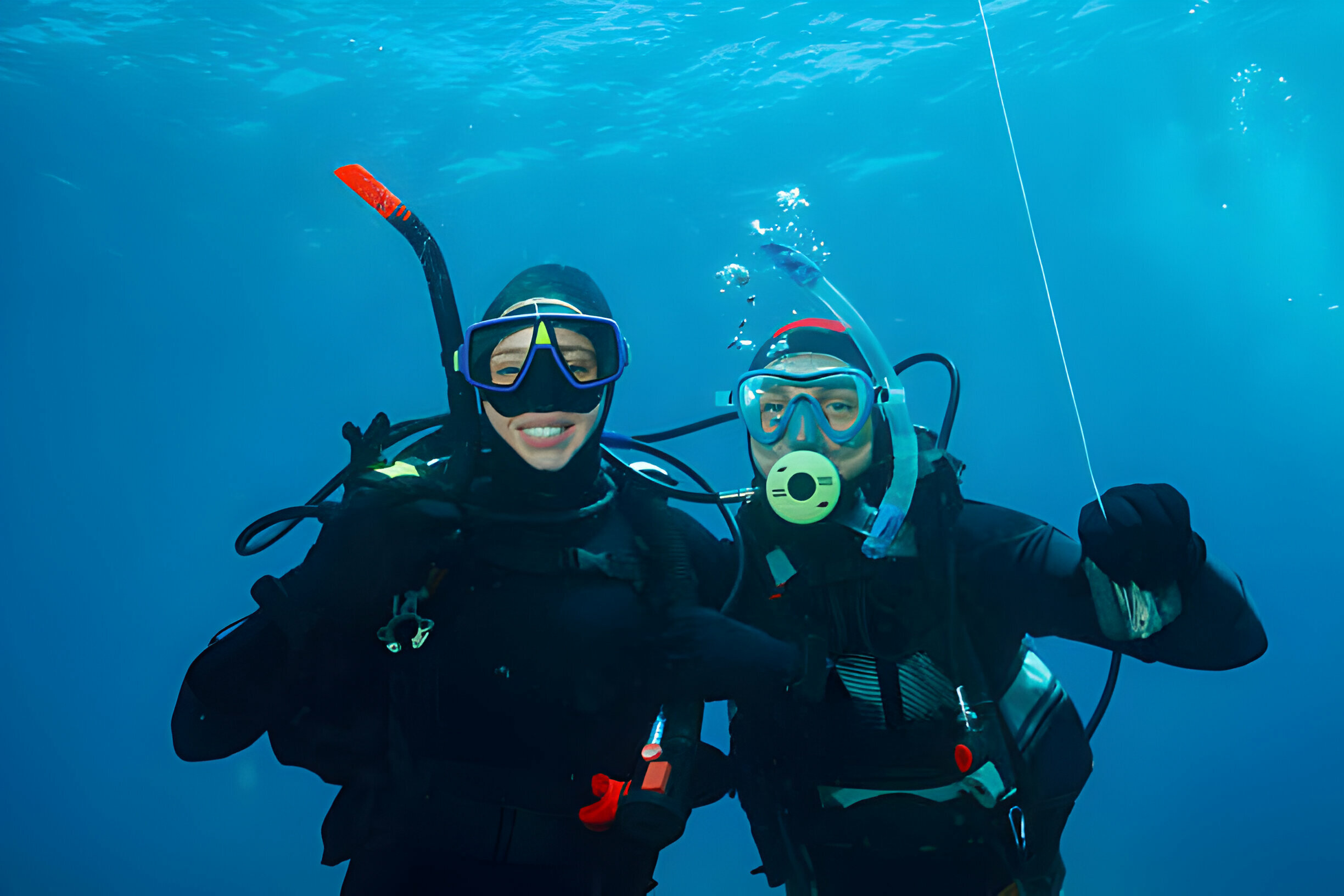
Scuba diving and snorkelling are both popular water activities that allow individuals to explore the breathtaking beauty of the underwater world. From vibrant coral reefs to exotic marine life, these activities offer unique experiences for those who are fascinated by the ocean. In this article, we will explore the similarities and differences between snorkelling and scuba diving, as well as the various reasons why people choose one over the other. Whether you are a beginner looking to explore the underwater world for the first time or an experienced diver seeking new insights, this article will provide valuable information to help you make an informed decision.
What is Snorkelling and Scuba diving
In the following sections, we will delve deeper into the equipment, training, and environmental considerations for both snorkelling and scuba diving, shedding light on the unique aspects of each activity.
Snorkelling and scuba diving similarities
Both snorkelling and scuba diving allow you to explore the underwater world and observe marine life in its natural habitat. Both activities also require some basic swimming skills and the use of fins to help you move through the water. Additionally, snorkelling and scuba diving provide the opportunity to experience the tranquillity and beauty of the ocean, offering a unique perspective on the marine environment.
Differences between snorkelling and diving
While snorkelling and diving share similarities, there are also significant differences between the two activities. One of the main differences is the depth at which each activity takes place. Snorkeling typically occurs at the water’s surface, allowing you to observe marine life from above. On the other hand, diving enables you to descend to greater depths, providing access to a wider variety of marine life and underwater landscapes.
Another key distinction is the equipment used. Snorkelling requires minimal gear diving, on the other hand, involves the use of specialised scuba equipment, which requires more extensive training and certification.
Furthermore, the experience of breathing underwater sets diving apart from snorkelling. Divers use a regulator to breathe compressed air from their tanks, allowing them to stay submerged for longer periods and explore deeper underwater environments.
These differences make both activities unique in their own right, offering distinct experiences for those eager to explore the wonders of the ocean.
Locations and Depth
One of the main differences between snorkelling and scuba diving is the depth at which each activity takes place. While snorkelling is typically limited to the surface of the water and shallow depths, scuba diving allows divers to descend to much greater depths, sometimes reaching depths of over 30 meters (100 feet) or more. As a result, scuba diving offers access to a wider range of underwater environments, including coral reefs, shipwrecks, and deep-sea ecosystems that are inaccessible to snorkelers.
Equipment
Another key distinction between snorkelling and scuba diving is the equipment used. While snorkelers rely on a mask, snorkel tube, and fins, scuba divers utilise a complex set of gear, including a buoyancy control device, dive computer, regulator, and air tank. The additional equipment required for scuba diving not only allows for deeper exploration but also necessitates more extensive training and certification to ensure safety and proper usage.
Duration and Experience
In terms of duration, snorkelling is generally more accessible and less time-consuming than scuba diving. Snorkelers can simply don their gear and enter the water, whereas scuba divers typically require more preparation, including checking their equipment, conducting dive checks, and undergoing pre-dive safety procedures. Additionally, the experience of scuba diving offers a more immersive and prolonged encounter with marine life, as divers can stay submerged for an extended period, whereas snorkelling is generally limited by breath-holding and surface intervals for air refills.
ALSO READ : What Are Scuba Divers Really Afraid Of?
Environmental Impact
Both snorkelling and scuba diving can have an impact on the marine environment, but scuba diving, with its potential for unintentional damage to fragile coral and marine life, requires careful adherence to responsible diving practices. Proper buoyancy control, awareness of surroundings, and respect for marine habitats are essential for minimising the ecological footprint of scuba diving.
Cost
One of the major differences between snorkelling and diving is the cost involved. Generally, snorkelling is more affordable compared to diving. Snorkelling only requires the basic equipment such as a mask, snorkel, and fins, which are relatively inexpensive and can be rented at most beach destinations. On the other hand, diving requires more specialised and expensive gear including a wetsuit, buoyancy control device, regulator, air tank, and other accessories. Additionally, divers also need to undergo training and certification, which comes with its own costs. Overall, snorkelling is a more budget-friendly option for those looking to explore the underwater world.
Flexibility
Another key difference between snorkelling and diving is the flexibility in terms of locations and accessibility. Snorkelling can be done in almost any body of water, from oceans and seas to lakes and rivers. It can even be enjoyed from the shore or with the help of a boat or other watercraft. This makes snorkelling a more accessible activity for a wider range of people, including children and those who are not strong swimmers.
Diving, on the other hand, requires specific dive sites with sufficient depth and suitable underwater conditions. While there are many popular dive destinations around the world, not all locations are suitable for diving. Divers often need to travel to specific dive spots or dive resorts, which may require more planning and logistics compared to snorkelling.
Overall, the flexibility and accessibility of snorkelling make it a more convenient option for those looking to explore underwater environments without the extensive gear and specialised training required for diving.
Age Limit
When it comes to age limits, snorkelling is generally more accessible for people of all ages. Children as young as 5 or 6 years old can usually participate in snorkelling with the proper supervision and safety equipment. Diving, on the other hand, typically requires participants to be at least 10-12 years old to enrol in a certification course. This is due to the physical and cognitive demands of diving, as well as the need for maturity and responsibility when handling the equipment and understanding safety protocols.
Safety
Additionally, safety is a critical aspect of both snorkelling and scuba diving. Proper training and adherence to safety guidelines are essential for both activities to prevent accidents and ensure a positive experience underwater. While snorkelling is generally considered to be a safer and more accessible option for beginners, it is crucial for individuals to understand basic water safety and snorkelling techniques to minimise the risks associated with underwater exploration.
What You Can See
Snorkelling allows you to see the beauty of the underwater world from the surface. You can observe colourful fish, coral reefs, and other marine life in their natural habitat. However, the depth you can reach while snorkelling is limited to the surface area of the water.
Diving, on the other hand, offers the opportunity to explore deeper depths and witness a wider range of marine life and underwater formations. Divers can experience encounters with larger marine species, such as sharks, turtles, and rays, and explore underwater caves and wrecks that are not accessible to snorkelers.
Both activities provide unique experiences, but diving offers a more immersive and diverse range of marine life and environments due to the ability to explore greater depths.
ALSO READ : How to Log a Dive
Enjoy a Diving Trip in Raja Ampat and Komodo with La Galigo Liveaboard
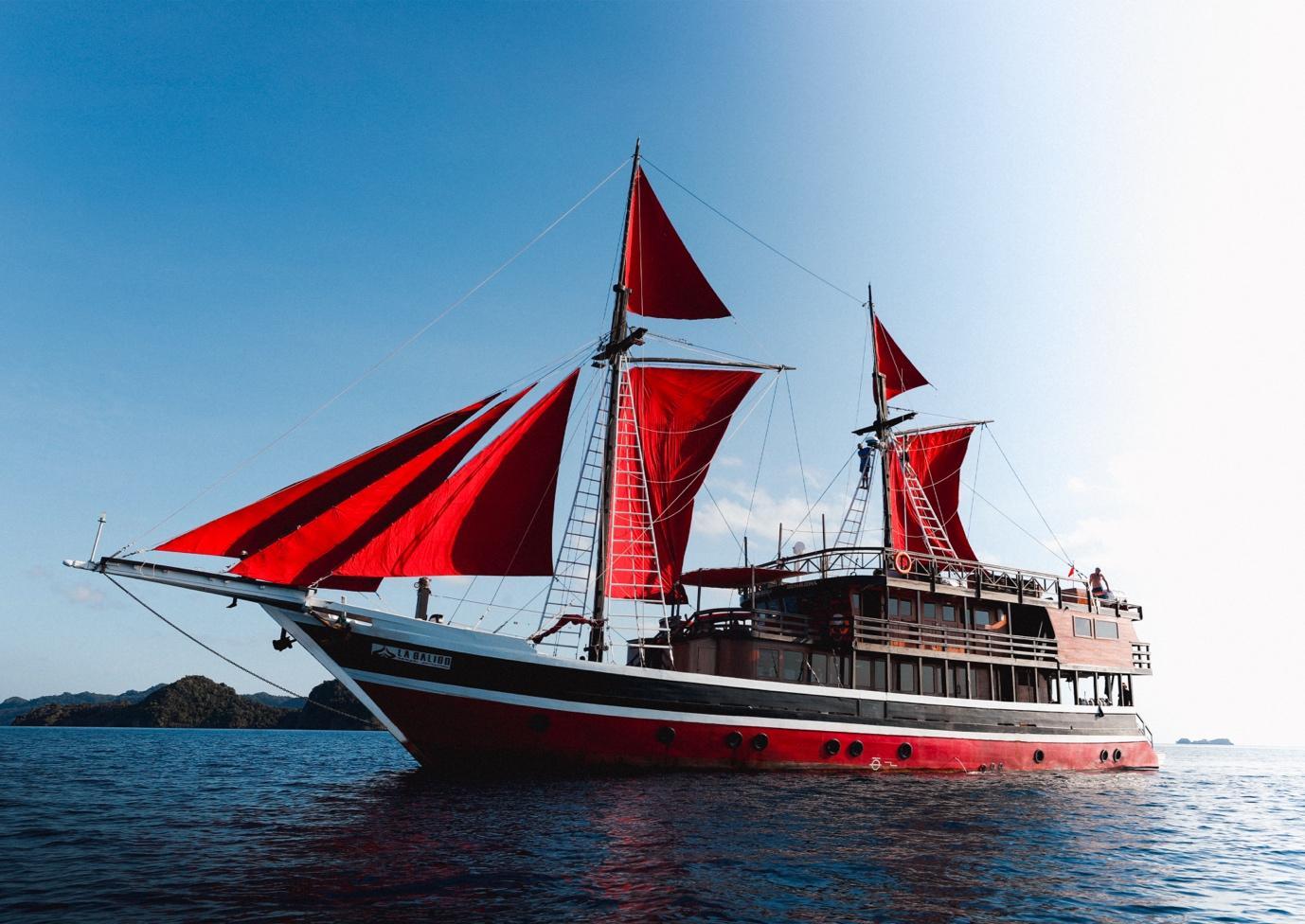
La Galigo is known as one of the best liveaboard diving boats in Raja Ampat Indonesia, and it offers trips to well-known diving destinations such as Komodo and Raja Ampat. The Coral Triangle is located in Indonesia, which has the highest marine biodiversity on the planet.
La Galigo Liveaboard Diving was founded in 2015 by two avid divers who wanted to explore some of Indonesia’s pristine reefs but found that all existing scuba diving options were frequently out of their budget, and wanted to provide an affordable option for everyone to be able to explore these beautiful places.
La Galigo Liveaboard Diving in Raja Ampat & Komodo is a friends and family affair, and our liveaboard diving trips are always focused on fun, safety, guest comfortability, and are exceptional value for money. Our trip prices range from $2,160 for a six-day Komodo liveaboard diving trip to $3,815 for an eight-day Raja Ampat liveaboard diving trip. The price includes four meals a day, diving or snorkelling three to four times a day, and land tours.


